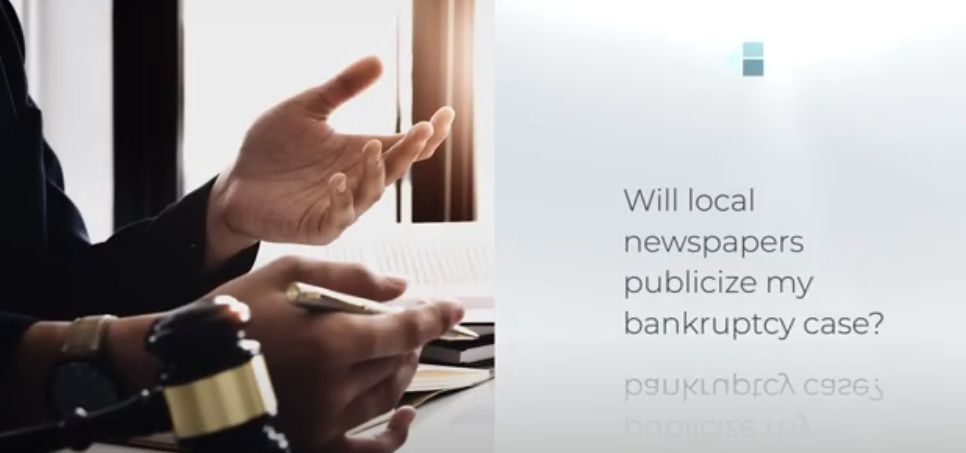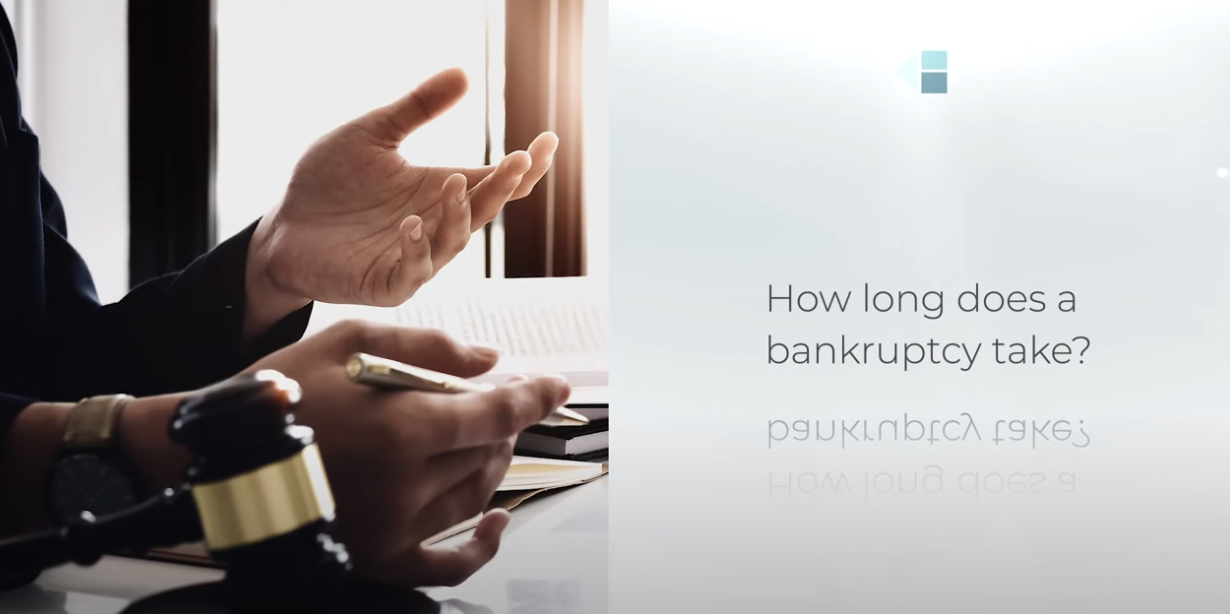If you think you might need to file a bankruptcy case, and it turns out that you choose to file a chapter 7, what are the steps in the bankruptcy process? If you have Bill or Margaret at Kain + Henehan represent you, here’s what you can expect.
First meeting – facts, law and a plan. The first step is to have an in-depth conversation with one of the attorneys at Kain + Henehan. This can be done in person, over the phone or by video conferencing on Skype/FaceTime/Zoom. At that meeting, the lawyer will ask you questions to get a picture of what’s happening in your life financially – income, expenses, assets and debts. After that, the lawyer will talk with you about how a bankruptcy would work in your specific case – in some cases, there’s bad along with the good – so that you have a complete picture of the impact of bankruptcy if you decide to go forward. There’s no obligation (and no fee!) if you meet with one of our attorneys. If you decide to move forward with a case, the lawyer explain our office process for putting together a professional chapter 7 petition, schedules and statements that will be complete, correct and accurate.
Second meeting – proofread for accuracy. The second step is to have a follow-up appointment to go through a draft of the petition, schedules and statements with your attorney. The idea is to work together to make sure the document is accurate. Again, this meeting can be done in person or remotely – your choice! Prior to the meeting, you’ll receive a copy of the draft of the petition, schedules and statements so you can preview the format and the substance of the paperwork. After this meeting, a final draft of the chapter 7 case will be made and sent to you prior to the case being filed.
Filing the case. The third step is filing the case electronically with the Bankruptcy Court. The case is filed after our final review. When the case is filed, the court enters an “automatic stay” the prevents creditors from pursuing collection against the bankruptcy debtor. Creditors receive a notice from the court after your case if filed informing them of the case. You get a letter from the court about a week or so after the case is filed that contains a copy of the notice sent to creditors. On that notice is information regarding the date, time and place of a meeting the bankruptcy debtor has with the bankruptcy trustee – the person who is going to administer the case. The meetings take place four to six weeks after the case is filed. Right now, these meetings are held remotely; in the future we may return to the old way of doing things and having the meetings in person at various locations around Minnesota.
The trustee’s meeting. The case trustee has a job to do: the trustee has to determine if the information in the paperwork is true and correct and the trustee has to collect non-exempt assets and avoid transactions that can benefit a debtor’s creditors. To help the trustee do that, the debtor has to answer questions from the trustee while the debtor is under oath. Although this might seem daunting, it usually isn’t – most meetings take about five minutes or so to conduct and the questions are of the yes-or-no type.
Discharge and case closing. 60 days after the meeting with the trustee, the court enters its discharge order. The discharge order is a permanent injunction that applies to all creditors whose debts are dischargeable – telling these creditors that they are permanently barred from taking any action to collect on a debt owed to it by the debtor. Shortly after discharge, the Bankruptcy Court closes the case. You’re all done! So the whole thing takes about three and a half to four months to complete – start to finish!
Would a chapter 7 case work for you? If you would like to know more, take a moment to schedule a time to talk with Bill or Margaret at Kain + Henehan. Find us at www.kainhenehan.com.







